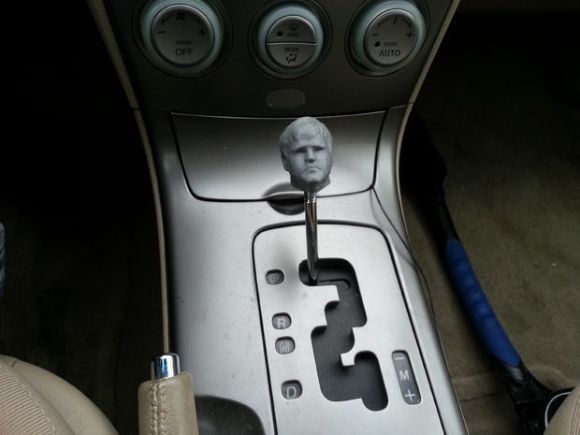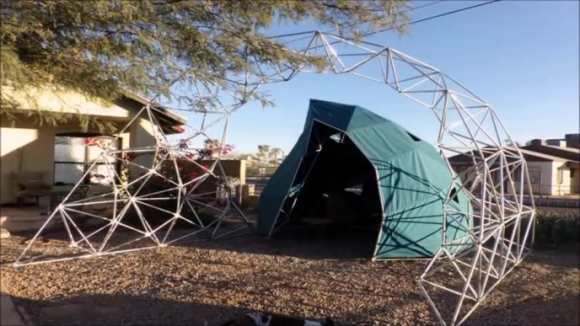Photogrammetry is a real word, and [shapespeare] built himself a nice setup to take high-res 3d scans using it. A good set of images for photogrammetry are: in sharp focus, well lit, precisely indexed, and have a uniform background. The background was handled by a 3d printed stand and some copier paper. To get even lighting he used four adjustable LED lamps from Ikea.
In order to precisely index the object, he built an indexing set-up with an Arduino and a stepper motor (housed in the, self proclaimed, most elegant of 3d printed enclosures). The Arduino rotates the platform a measured increment, and then using [Sebastian Setz]’s very neat IR camera control library, snaps a photo. This process repeats until multiple photos of the object have been taken.
Once the photos have been taken, they need to be run through a photogrammetry processor. [shapespeare] uses Agisoft Photoscan, but says Autodesk Memento and 123d Catch do pretty well too. After all this work it appears that [shapespeare] used his new powers to 3d print a giant decking screw. Cool.

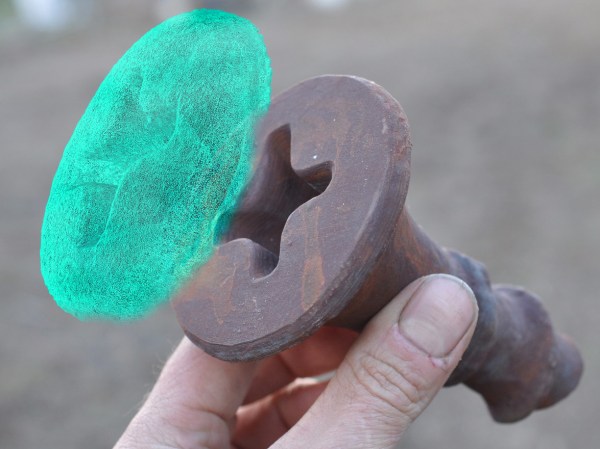
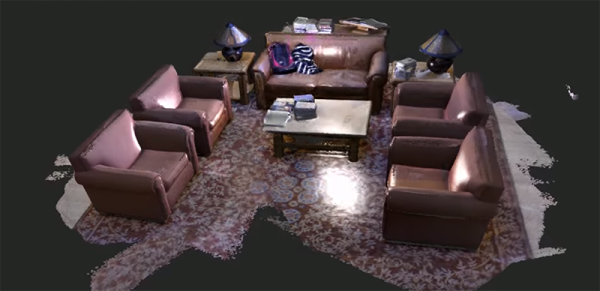

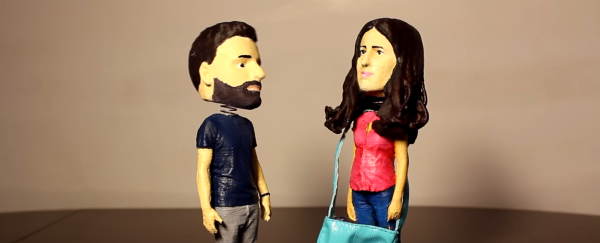
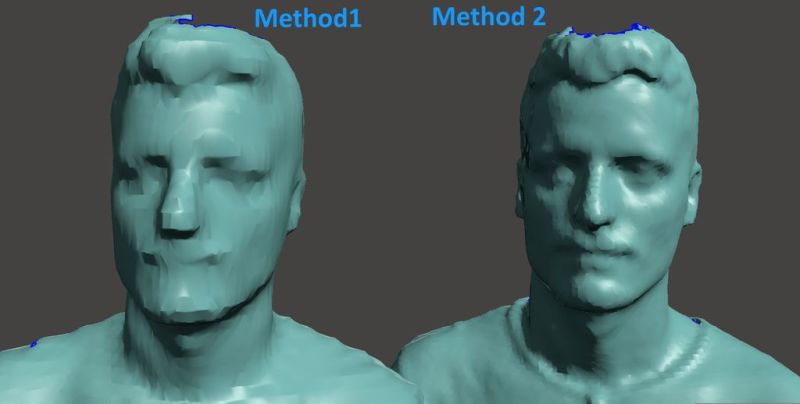 scans of large objects (including people) come out looking noticeably faceted. [Luis] came up with a work-around that results in a much finer detailed scan. Instead of scanning an entire person with one scan, he would do 4 separate scans. Since each individual scan can support 5,000 faces, the resulting merged model can be up to 20,000 faces. Check out the comparison, the difference between the two scanning methods is quite noticeable.
scans of large objects (including people) come out looking noticeably faceted. [Luis] came up with a work-around that results in a much finer detailed scan. Instead of scanning an entire person with one scan, he would do 4 separate scans. Since each individual scan can support 5,000 faces, the resulting merged model can be up to 20,000 faces. Check out the comparison, the difference between the two scanning methods is quite noticeable. 
